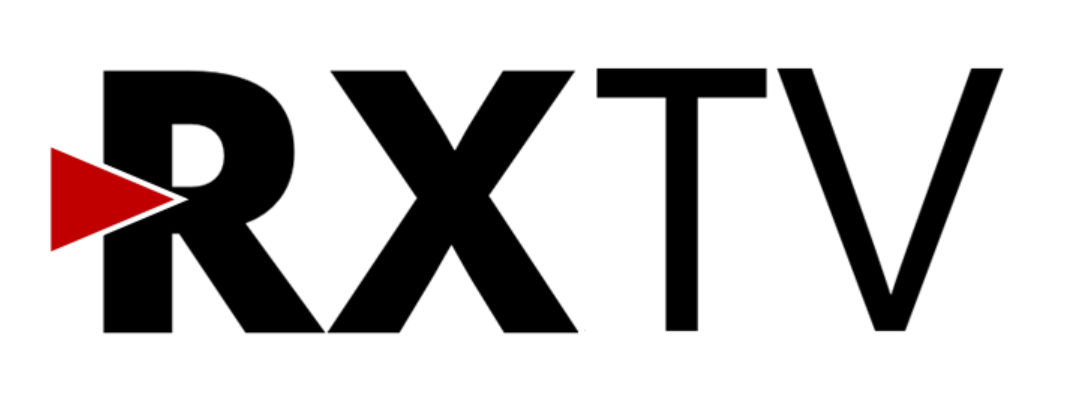In the 1930s, the first terrestrial TV service launched in the UK. Three decades later, colour TV and 625-line TV arrived. Another three decades later and the first digital terrestrial TV broadcasts were made. Yet another three decades later, and the future of terrestrial TV is more uncertain.
A number of organisations are now considering 5G Broadcast as a possible successor to conventional terrestrial broadcasts. But what is 5G Broadcast, why is it being considered and who are piloting the services?
What is 5G Broadcast?
Normal ‘broadcasts’ over 5G or indeed any mobile network involves data being sent from the local mast to each individual user. This could mean the same mobile cell carrying the same set of data over and over again to each individual user on individual connections. Where there are a lot of users in the same area all trying to download information via their mobile or tablet, congestion can occur. This may result in dropped or very slow connections.
5G Broadcast involves each cell carrying a single set of data, e.g. TV or radio programmes. Any user in the area can then tap into that feed. There’s no need to duplicate the data over and over again for each individual connection.
With 5G services moving further into the frequencies previously used by digital terrestrial television, it’s possible to use existing high power TV transmitter towers and their relays to create a 5G Broadcast network and achieve high levels of coverage.
Why use 5G Broadcast?
5G Broadcast means all devices can be reached via a single transmitter network: mobiles, tablets and, in the future, TVs designed to receive a signal from a 5G network.
The 5G Broadcast signal is not linked to a specific mobile network. This means users don’t need to enter a contract or worry about using up their data allowance.
During live events, the 5G Broadcast network can offload other mobile networks, reducing congestion. For example, instead of live streaming the World Cup final through a normal mobile network, a user could just tap into the local 5G Broadcast network and access it from there.
Who is developing 5G Broadcast?
Broadcasters and global technology companies are working on developing the future standards for 5G Broadcast. These include the BBC, EBU, Intel, ORS, Qualcomm and Rohde & Schwarz.
It’s of specific interest to public service broadcasters as a potential successor to the current digital terrestrial television system. 5G Broadcast may be able to provide an open platform, free-to-access method of accessing TV and radio. In contrast, commercial operators, often part of larger organisations selling broadband or mobile internet services are less interested.
Where is it being deployed?
At present, a number of trials are taking place. The trials are helping influence future standards and equipment specifications.
In Hamburg, Germany, a trial of 5G Broadcast is taking place on a spare TV frequency in the UHF band. The trial consists of content from the local public broadcaster NDR. So far, the trial has confirmed that the 5G Broadcast does not interfere with existing terrestrial TV services.
In the UK, the BBC trialled delivering radio services to Orkney using 5G Broadcast in 2019. This pilot area includes places where existing mobile networks and DAB radio have poor coverage and internet connectivity is slow.
When will 5G Broadcast go live to users?
At the moment, the technology is being trialled. There has been no indication that it will be ready for consumers any time yet.
How would I receive TV via 5G Broadcast?
Mobile, tablets and large screen TVs would be able to receive a 5G Broadcast service. But 5G Broadcast compatibility needs incorporating in new TV models.
5G Broadcast services can use the same frequencies and transmitter sites as current terrestrial TV services. This potentially allows the use of existing TV aerials.
What’s wrong with the current digital terrestrial TV service?
Broadcasters are looking at 5G Broadcast as a potential replacement for current digital terrestrial television services (DVB-T/T2).
Having surrendered frequencies first in the 800 and now the 700MHz for mobile network operators, there are calls for broadcasting to lose its unique right to use the remaining terrestrial TV frequencies after 2030.
Like the decision to clear the 700 and 800MHz frequency bands in the UK and internationally, the decision will result from the next World Radiocommunication Conference (WRC). This conference is arranged by the ITU, an agency of the United Nations. At these events, international agreements over the future use of frequencies are signed-off, following intense lobbying from both governments and industries. National regulators are then responsible for implementing the changes.
As a result, 5G Broadcast may secure free-to-access TV and radio broadcasting if/when currently ringfenced frequencies are no longer safeguarded for current terrestrial TV services.
This uncertainty over future usage of frequencies is why the UK Government added an option to revoke the next set of digital terrestrial TV multiplex licences. They will run until 2034, but can be revoked from 2030.
It is also not clear if 5G Broadcast will ever make it to the UK: BT and Sky both lobbied against digital terrestrial multiplex licence extensions. BT argued the government should ditch terrestrial television in favour of a universal IP-delivered system from 2026. Other European countries have already set out to preserve frequencies for culture and broadcasting. On the other hand, the USA is pressing ahead with converting much more of the terrestrial TV frequencies for mobile services.
